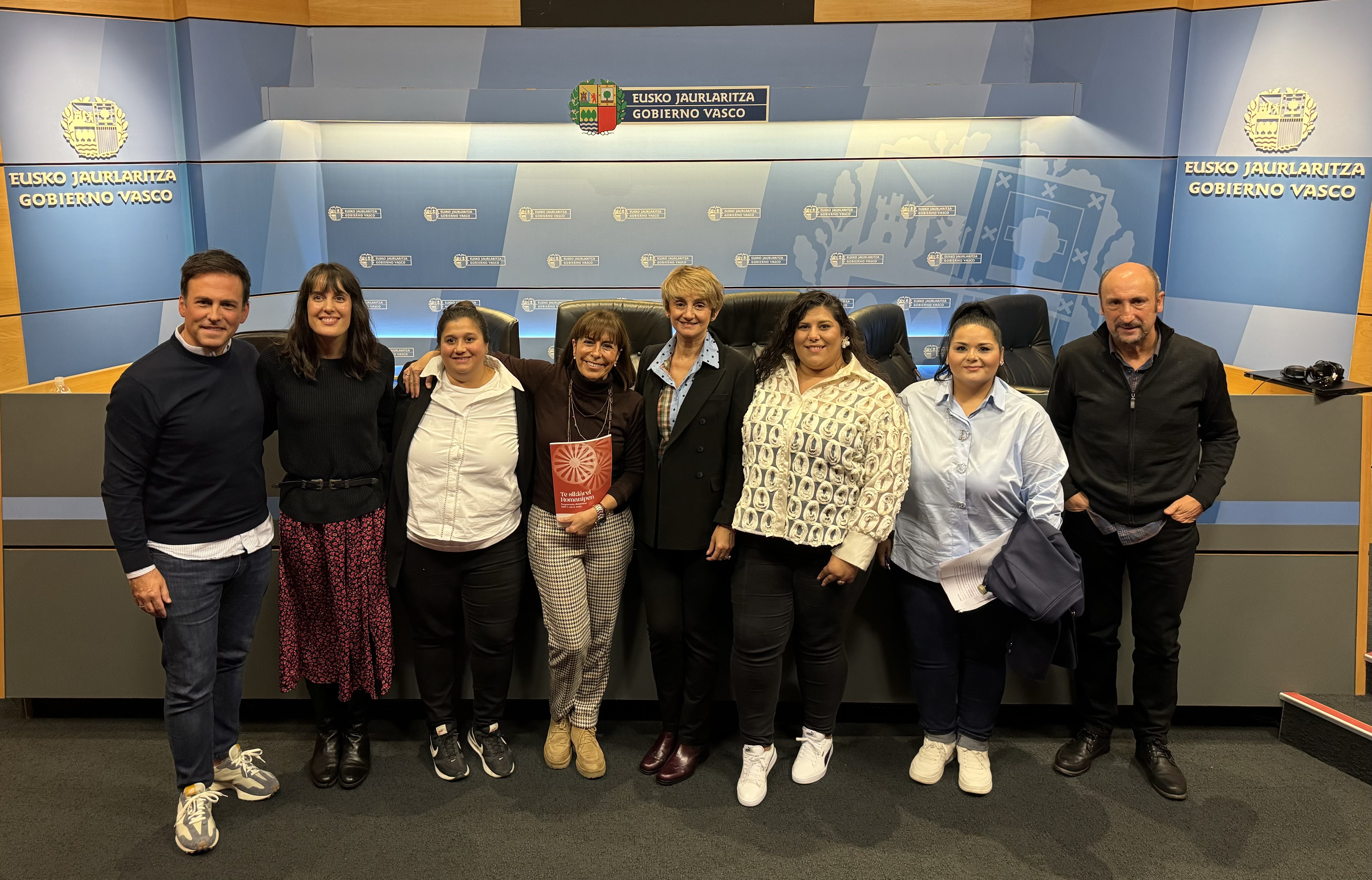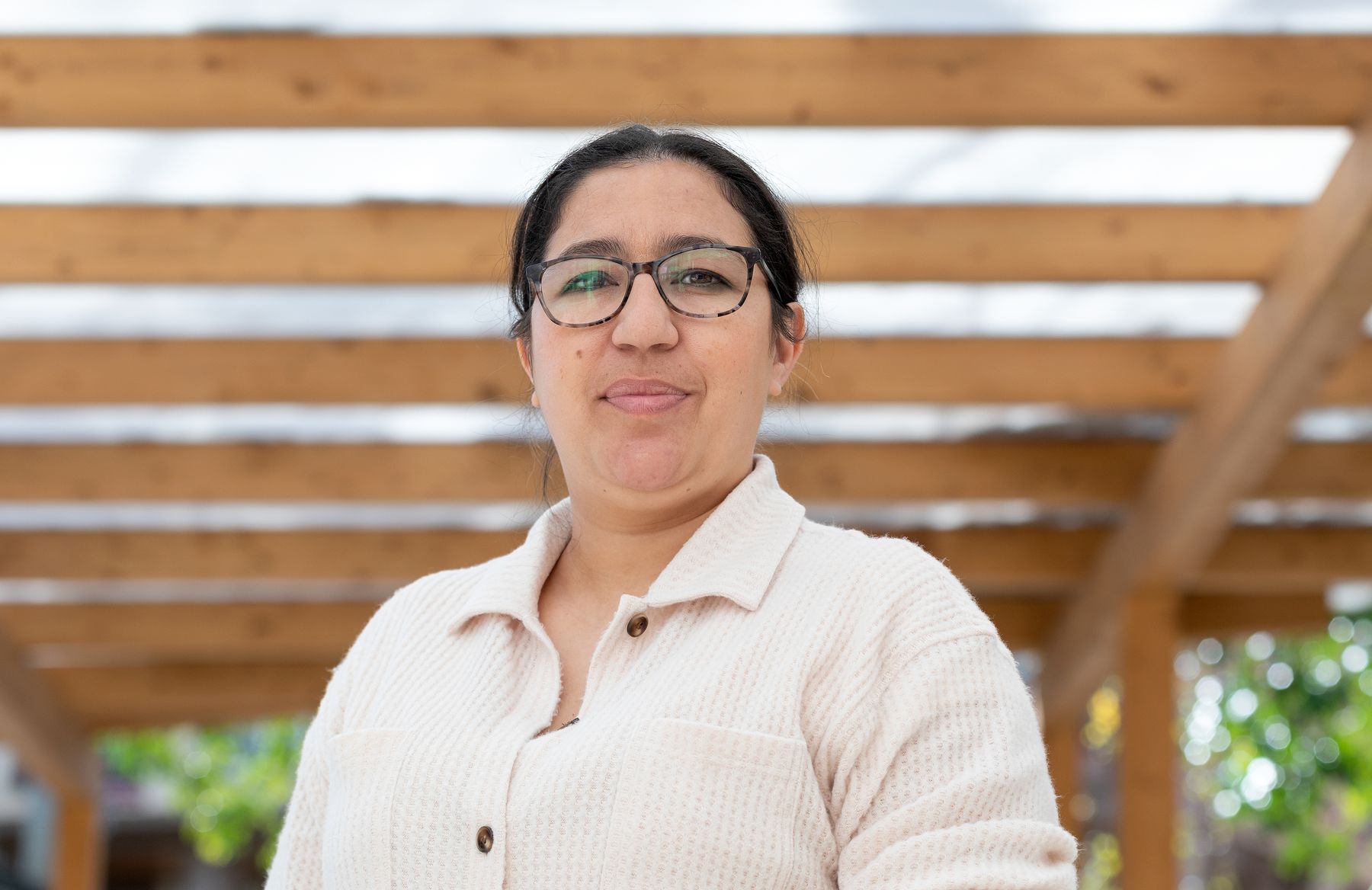"Perhaps the Basque Roma have been out of the system, but not out of society"
- Historian David Martin (1980, Errenteria), at the end of his career, dedicated himself to investigating the civil war of 36: he realized that nothing had been written about the Roma, and decided to address that gap. After walking around, he returned to Euskal Herria and investigated the Basque Gypsy people. Now, he has published the book The Roma People in Euskal Herria in the editorial Txalaparta.

They're a regular historical source, but in your work, laws, procedural documents have a very important weight...
The Roma people have not left any written heritage. Consequently, procedural and legislative documents need to be used to write their history. Almost everything that appears in these texts about the Roma people is negative and in order to process the information you have to understand their idiosyncrasy and know how to read between lines. The testimonies are the most interesting aspect of the processes, since they say where they live, what they do, who their children are… Then you can compare these small data with other documents that do not directly mention the Gypsies: through genealogies and sacramental records you can see that in them the same people appear, although they are not defined as Gypsies. If Joaquín Bustamante, for example, has done nothing wrong, if he is there for an inheritance, he is not said to be a gypsy.
It is difficult to tell what differentiated them from the rest of the Basques.
There was a time when languages disappeared. And the trades. The life of the Roma, which is not the life of all, who are very heterogeneous, was not like that of members of the dominant society. They had certain jobs outside the system, but always in relation to society. In recent times, when they lived in the rural world, they were restorative umbrellas, baskets, cutters. They were works that allowed them not to enter the system.
Some of the characteristics are also a consequence of the control and repression endured. I think about surnames.
It's very important because it's imposed. They have surnames from the country, but they are strangers, they know each other differently. The surname is to make the outsiders known. In the texts you see how in one place you pronounce a surname, then another… Today it also happens: there are many who have to register children who give them a name but then tell them differently when they come home.
They also used it to hide.
Also to get rid of the mili, or to get out the card before… There is an anecdote: When they bombed Gernika, the municipal archives were destroyed. Several gypsies, aware of their existence, said they were born in Gernika and took on a new identity.
It says in the book that the weight of women and the elderly can be the result of historical repression against young men.
Antonio Gómez Alfaro had a theory about this. Here, a woman arrested for being a gypsy was beaten, prey to public embarrassment over an animal, walked half naked on the street, in the barge and passed across the river. It wasn't always that way, but that was the punishment. The men, besides holding it all, had to go to the galeras. Therefore, when they arrived at the villages, and this has lasted until the 20th century, man was left out, and women entered the villages, to sell baskets, to beg… Gomez Alfaro’s theory says that, as mature men lacked, at the time when they were sent to the galleries for years, the women and the elderly who remained in the group were empowered. Today, women are still related to the non-Roma, they are the interlocutors.
The book contains major repressive events. But persecution has been more daily.
It was social control: they didn't want to physically remove them, as was done in the Holocaust. From the pragmatic of the Catholic Kings of 1499 to the Great Rafflera of the North (1802), an attempt was made to eliminate their alterity, dilute their cultural characteristics. They were asked to abandon their clothing, their professions, their language… and, since the 15th century XX.era, the Roma have been closely cared for. It is noted, however, that these laws were repeated in the General Boards, which means that they were not complied with as it seemed. For example, in the Great Redada of the Marquis de Ensenada in 1749, the Gipuzkoa corrector said that he would not surrender to the gypsies because they were not here. Mayors said yes, they were there, and they would tell him their names if he wanted. They hid their traits and pushed them forward.
The first references of the Basque gypsies date back to the 15th century, but we do not emphasise this aspect of the Basques.
Euskal Herria has been made up of people from many places. There were some characteristics that united all those people, like language, Euskera. The gypsies were related to the administration only in the case of committing a crime, so they did not need Castilian. They learned gas and Euskera. The Gypsy heritage appears in the folklore. In Iparralde this is very evident in the masks and in the pastoral ones. In the north there are many gypsies, very diluted.
In Andalusia, for example, such gypsies are accepted in some way, but in Euskal Herria they are not, and I would say that they are the majority minority in Euskadi: the Roma people must be considered as one of the Basque citizens, they have been in the society of Euskal Herria for centuries and, for example, in music, the subject of txistularis and bertsolaris. Many myths have to be broken down. The Basque gypsies are from here, they have been in Basque society since the 15th century: they are not foreigners and they have not walked out of our society, perhaps out of the system, but not out of society.
“Hamar urte egin ditut AGIFUGIn (Gipuzkoaren Etorkizunerako Ijito Elkartea), orain ere han nabil diputaziorako lanean. Hainbat gauza egin dugu: Gerra Zibilari buruzko dokumental bat, haurrei ijitoen historia erakusteko komikia... Egunero-egunero hamar urtez ijitoekin egon ez banintz, ezinezkoa zitekeen liburua egitea, ez bainuke informazioa filtratzeko tresnarik izango”.
I don't want my daughter disguising herself as a Gypsy in the caldereros. I don’t want Gypsy children at my daughter’s school to dress up as Gypsies in caldereros. Because being a gypsy is not a disguise. Because being a gypsy is not a party that takes place once a year, with... [+]
Being a Roma has long been banned in different parts of Europe, and, of course, our beloved and welcoming state in Spain and France too. That is why, for a long time, the Roma did not claim to be Roma. And that's why historians have a very hard time knowing their story and giving... [+]
Imagine that for an institutional barometer you're asked, "How do you see white people compared to the rest of society: more conflicting/more honest/more working-class/more supportive?" Would it be exceptional? On the occasion of the International Day against Racism and Xenophobia, 21... [+]
Do you know that April 8 was International Roma Day? And you know why? If you look for it on Google, you can see that the first Romanesque world congress was held in London on April 8, 1971, and our flag was remembered there (do you know?). and our hymn, gelem, gelem (have you... [+]























